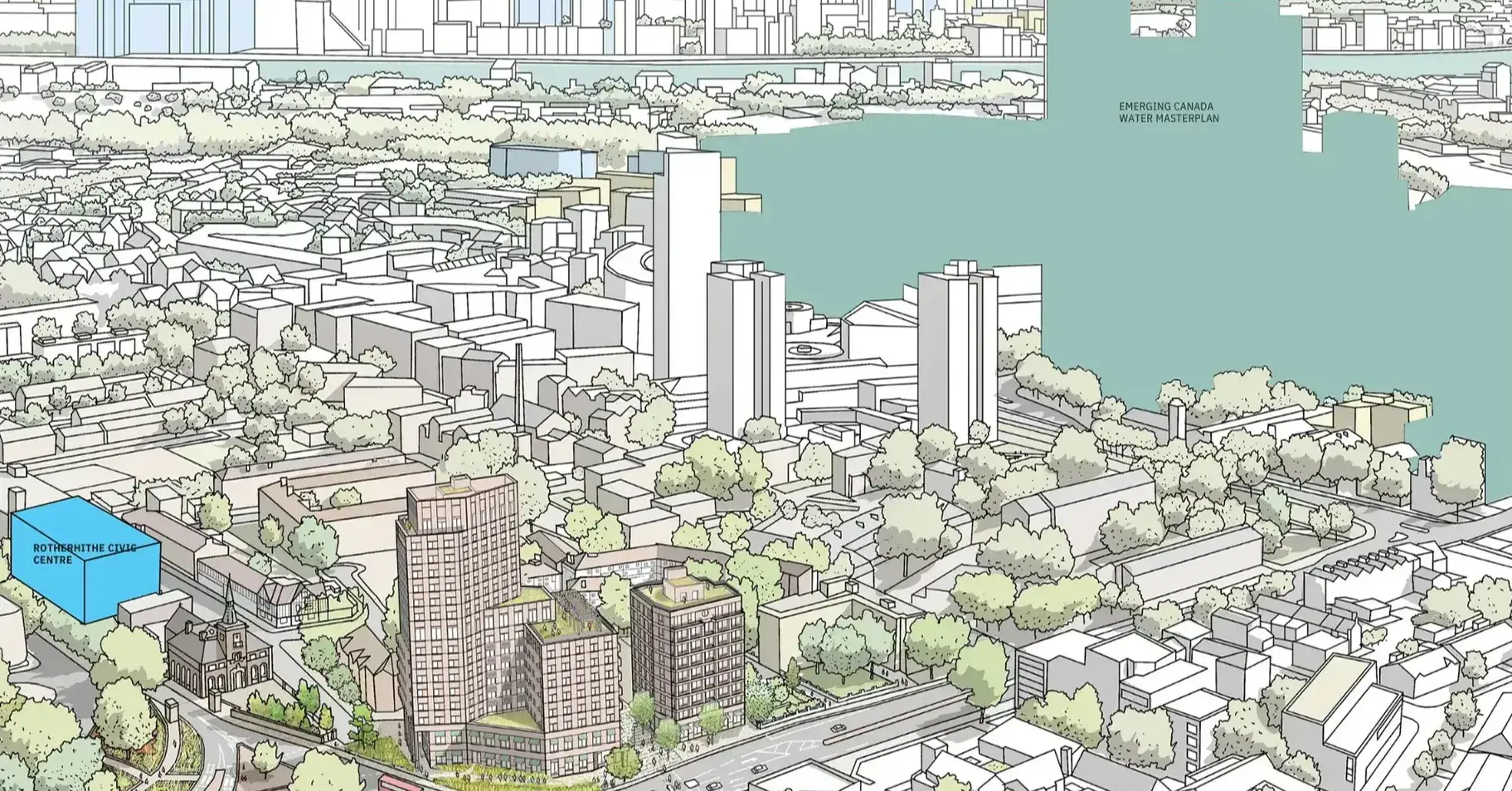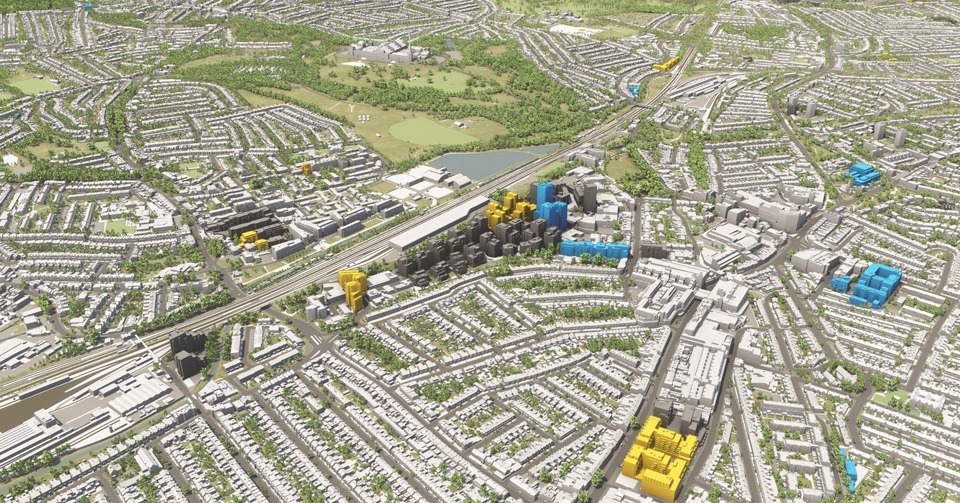Why Data Visualisation is Essential for Architectural Planning and Design
Data visualisation for architects has entered the digital age and revolutionised architectural planning and design. For architects today, incorporating data visualisation tools into their architectural practices to create data-driven designs is non-negotiable.
Keep reading to find out the four reasons this innovative technology is essential for architects and building designers.
|
Read the article to find out how:
|
- Data Visualisation Helps Create Compelling Narratives
Storytelling plays a significant role in architecture. Data visualisation tools help architects narrate their design story by visualising data in a compelling and engaging way, which is why VU.CITY is used by so many architects.
An interactive 3D model, for example, can transport stakeholders on a virtual walkthrough, from aerial views to street level, creating an immersive experience that conveys the essence of the design more effectively than a thousand words.
2. Data Visualisation Tools Improve Accuracy and Efficiency
Visualising design data presents a more refined and efficient approach to architectural planning and design. The information architects and designers work with can be daunting and encompasses spatial data, environmental factors, and material specifications.
That’s where data visualisation tools come in, simplifying, and organising complex data into accessible and digestible visual content, effectively enhancing the precision and productivity of building design and data analysis.
Tools such as 3D data visualisation assist in viewing data from various perspectives. For example, architects can incorporate data about daylight analysis, listed buildings, conservation areas, and protected views in a single visualisation platform for a full 360-degree holistic view of a project.
It cuts costs and saves time because of how accurate it is, reducing the likelihood of expensive errors and redesigns in the process.
3. Data-Driven Design Maximises Conscious Decision Making
The importance of data visualisation in architecture isn't merely limited to design accuracy—it's critical in ensuring you understand the impact of your scheme.
Architects use interactive data visualisation to see if their site is near any listed buildings or in a conservation area right away. Additionally, using these planning data layers, Architects can examine other key factors, such as pollution and public accessibility, which helps them understand the feasibility and impact of their scheme.
Read more about the role of data visualisation in building design here.
4. Architectural Data Visualisation Software Enhances Communication and Collaboration
Effective communication and collaboration are vital for architectural planning and design, and good data visualisation tools don’t just stop at how data is seen but also enhance how it’s communicated as well.
From planners to developers to architects, all major stakeholders can collaborate seamlessly, providing real-time feedback on a shared model. This ensures that everyone remains on the same page, improving the decision-making process tenfold.
Ready to embrace data visualisation?
By now, you should understand why data visualisation is essential in architectural practice: To create a compelling narrative, improve accuracy and efficiency and save time and money through enhanced communication and collaboration.
In the rapidly evolving world of architecture, embracing data visualisation for architects has become more than a trend—it's become a necessity.
As we transition towards an increasingly data-driven society, these tools will continue to shape architectural planning and design, leading to more precise, efficient, and compelling designs. Read more about harnessing the power of data visualisation below.
The next step in your architectural journey? Gain further insights into the world of data-driven design and learn how you can leverage data visualisation tools to elevate your architectural practice below:
Harnessing the Power of Data Visualisation in Modern Architectural Design
Architectural Evolution: The Role of Data Visualisation in Building Design
VU.CITY Case Studies
See how leading built environment experts are using VU.CITY
Shape Tomorrow’s Cities, Today.
Begin Your Free Trial Now.

-1-1-1.png)


